Science Shop
Advertisement
Bird-like Sleeping Behavior in Dinosaurs
- By Geert Devenster
- . December 30, 2023
Scientists have discovered a new species of dinosaur in Mongolia that sheds light on the sleeping habits of non-avian dinosaurs. The dinosaur, named Jaculinykus yaruui,
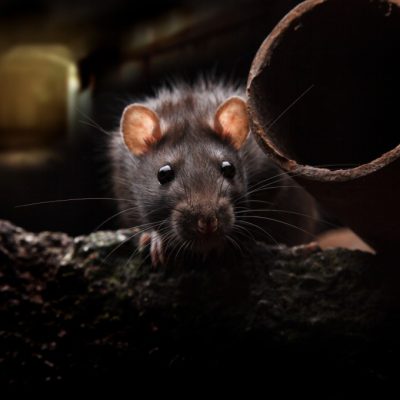
Adapting to Apocalypse: Rats as Survivors
- By Rolf Lewis
- . November 16, 2023
Contemplating the prospect of a mass extinction reminiscent of the event 65 million years ago, one question looms: which animals would emerge as survivors and
Double the Size: Pliosaurs vs Orcas
- By Rolf Lewis
- . July 18, 2023
A recent discovery in a museum in England has challenged the previous assumption that Pliosaurs, a type of marine reptile, were only about six meters

Humans and Dinosaurs Coexisted on Earth
- By Rolf Lewis
- . July 2, 2023
Placental Mammals Existed Alongside Dinosaurs, New Study Finds A recent study published in Current Biology by researchers from the University of Bristol and the University
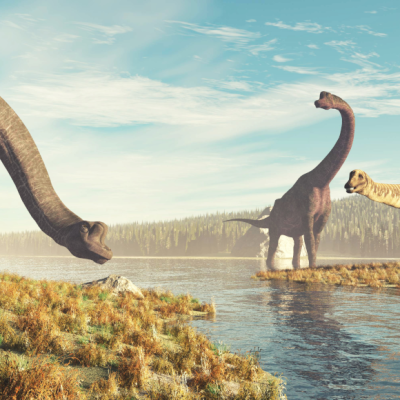
Multiple instances of giant dinosaur evolution
- By Rolf Lewis
- . May 17, 2023
Dinosaurs from the Sauropod group developed their massive size independently multiple times. The reason why some lineages became huge while others did not is still
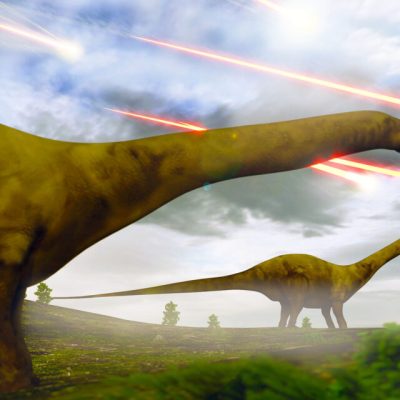
Tully Monster Mystery Solved?
- By Rolf Lewis
- . April 24, 2023
The Tully-Monster, an ancient creature that lived 300 million years ago, has long been a mystery to scientists. Discovered in the 1950s in the Mazon

Rare Pterosaur Species Found in Germany
- By Rolf Lewis
- . February 2, 2023
In a quarry in Oberfranken, Germany, researchers from the University of Portsmouth and the State Natural History Collections of Bavaria (SNSB) have discovered an unusual

Europe’s Largest Dinosaur Unearthed
- By Rolf Lewis
- . September 1, 2022
In Portugal, the discovery of what is believed to be the largest dinosaur skeleton in Europe has been made. The sauropod lived approximately 150 million
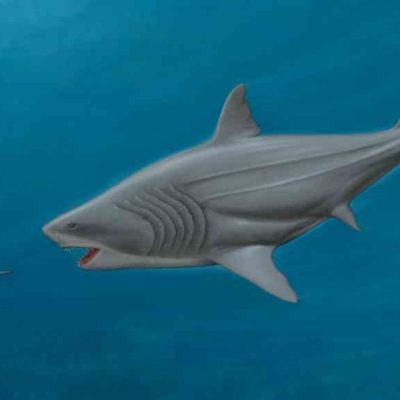
Ancient Megalodon Preyed on Orcas
- By Rolf Lewis
- . August 31, 2022
The Megalodon was a prehistoric giant shark that has been extinct for around 3.6 million years. While its exact appearance can only be speculated today,
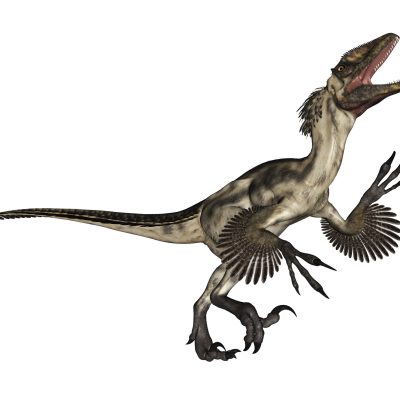
Giant millipede in tropical Europe.
- By Rolf Lewis
- . December 29, 2021
In a stunning discovery, scientists at the University of Cambridge have identified a prehistoric millipede that was even larger than the previously known largest invertebrate,









